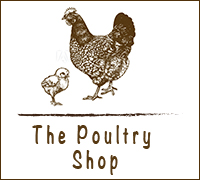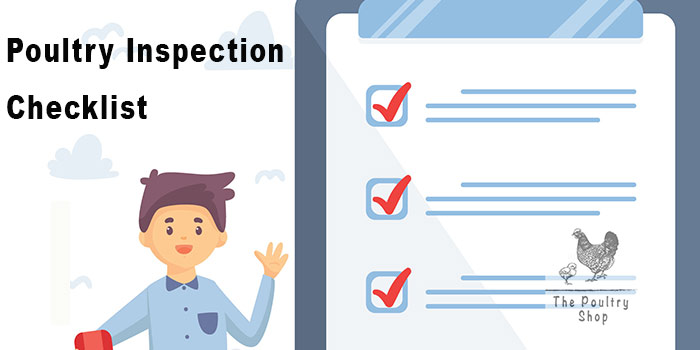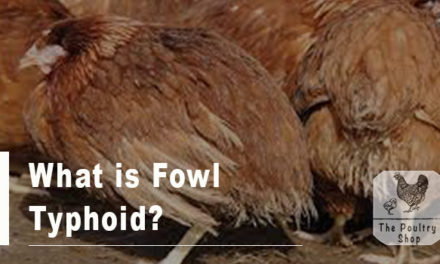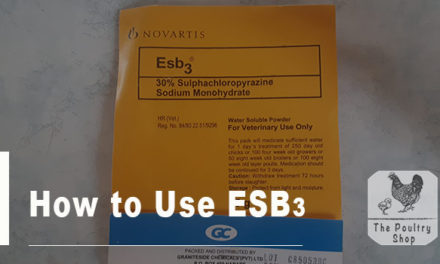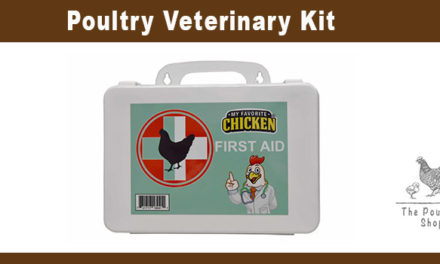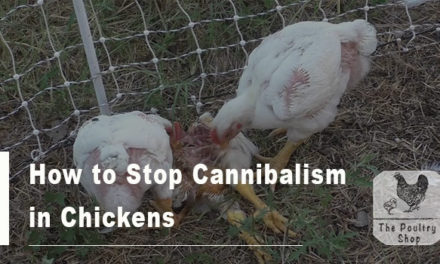A poultry inspection checklist helps when you do your regular visits to the chicken house. Checking on the well-being of your chickens is a routine procedure for every serious chicken farmer.
Even during cold nights or early morning hours, farmers should check if the birds are doing fine and quickly detect if there is anything unusual.
The following four senses can help you do a quick inspection each time you visit the poultry house:
1. Sense of hearing
- Birds making high pitched sounds or noise – its a sign something is wrong. It might be too much heat or the presence of a predator such as a snake or rats in the poultry house.
- Unusual breathing – birds panting with mouth open and flapping wings. This is a sign the heat is too much. Reduce or remove the heat source, increase ventilation and increase water sources. If the birds are making funny sounds like gurgling, having flue-like symptoms, sneezing or wheezy sounds when breathing, it may be a sign of a respiratory infection.
2. Sense of seeing
- Before entering the poultry house – observe the behaviour of birds from a distance without being detected. Once the birds realise your presence or any movements, they tend to stop any movements or sounds or even change their behaviour. You may end up missing some important clues.
- When you enter the poultry house – check the behaviour of the birds. If the heat is too much, birds will move far away from the heat source. Reduce the heat or remove it completely. If the birds huddle under a heat source, its a sign the birds are cold.
- Quality of feathers – if the feathers look ruffled or droopy, the birds may be sick or wet. Investigate other clues for any signs of sickness or infection.
- Sluggish movements – sick birds become inactive and may even sleep whilst standing in one position for long with the head hanging down. Eyes may be watery or swollen. The level of alertness will be very poor.
- Poo check – whitish, greenish, or reddish poo is a sure sign there is something wrong with the bird’s digestive system.
- Litter check – if the litter is wet, replace it with dry and fresh litter. Litter depth should be 7-10cm to ensure birds do not have contact with the floor. Dip your finger into the litter to check if it’s not too moist or hard.
- Feed and water intake – are the birds feeding normally? Birds do not consume dirty feed or water. Always replace feeders and drinkers with fresh and clean feed and water throughout the day. Check all birds have adequate access to feed and water to ensure uniform growth.
- Egg production – if you notice the number of eggs laid is going down, something is wrong. Have the birds been dewormed? Maybe the birds are stressed by noise? Did you change feed suppliers?
- Cannibalism – if the birds are too many per square meter, pecking on each other can be common. Increase space, feed and water sources to avoid discomfort, competition and fights. Hang green vegetables for the birds to eat and get distracted from pecking on each other.
- Vent pasting – check the back of the chicks for any poo sticking on the ends. Vent pasting is a result of too much heat or too cold temperatures. This condition is deadly. Ensure heat is optimum and birds are comfortable.
- Evidence of dead birds – ascertain what might be the cause. Take pictures of the dead birds – birds with twisted necks or lying on their bellies can indicate the type of disease. Where in doubt, take the dead bird(s) to the nearest vet clinic for a post mortem.
- As part of the poultry inspection checklist, always do a physical count to help notice any thefts or mortalities.
3. Sense of smell
- Is the poultry house producing a foul smell? Put new and dry bedding. Remove old litter, poo, rotten eggs and clean drinkers and feeders under running water.
- Poo check – if the poo’s smell, colour and quality is abnormal, it may be a sign of an infection.
- Drinkers and feeders – these may be contaminated with poo and litter. Clean under running water and replace with clean and fresh feed and water at least 3 times a day.
- Is the air stuffy and dusty? its a sign you need to increase ventilation. Increase poultry house openings and access to sunlight to ensure bedding is kept dry and aerated.
4. Sense of touch
- Any signs of infestation? Hold the birds and check the feathers for any parasites such as ticks. Treat the birds with huku dust or ash and clean the fowl runs. Putting tobacco waste around the fowl run helps to drive away small parasites such as ticks. Check skin quality – any injuries or lacerations can be a result of cannibalism or parasites.
- Holding the bird in your hand can give you an indication of whether the bird’s weight is in order. Always verify with the use of scales and weight charts where in doubt.
- Temperature check – for baby chicks, you can put the toes on your cheek to check if the floor temperature is not too cold.
Always ensure you have a book where you record anything unusual with your birds and the age of the affected flock as well. Record keeping is a very important component of the poultry inspection checklist.
Did you find this article helpful? Leave a comment below or subscribe to my free Email Newsletter and also like The Poultry Shop Facebook page. Thanks!
